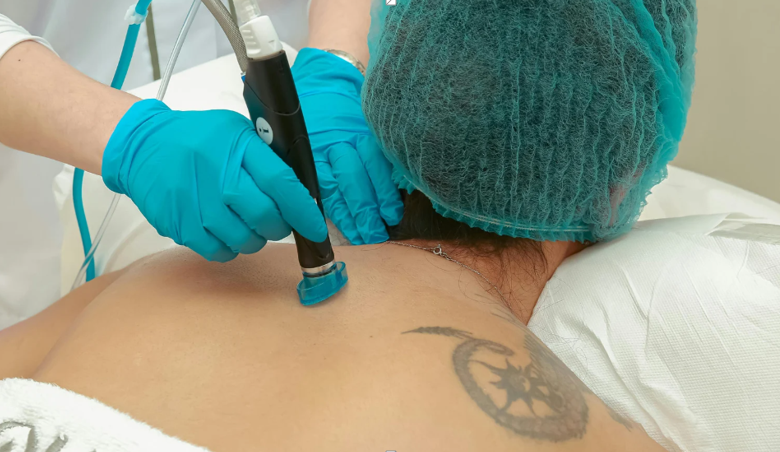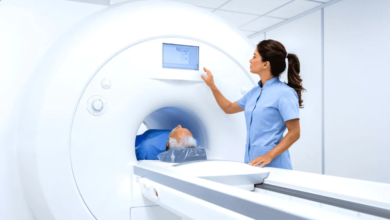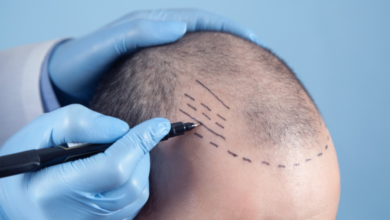How Cold Laser Treatment Helps Speed Up Healing After Injury

Injury recovery can feel overwhelming when pain, stiffness, or inflammation limit your ability to return to normal activities. While rest, physical therapy, and medication are common parts of the recovery process, many individuals look for supportive treatments that can safely accelerate healing. One emerging option is cold laser therapy in Davie, a non-invasive approach that encourages tissue repair and reduces inflammation. Understanding its function and benefits can help patients make informed choices during rehabilitation.
How Cold Laser Therapy Works
Cold laser therapy, also known as low-level laser therapy, uses specific wavelengths of light directed at injured tissues. Unlike surgical lasers, these light beams do not generate heat or damage the skin. Instead, the energy penetrates the surface to stimulate cellular processes at a deeper level.
The therapy works by enhancing mitochondrial activity, which boosts energy production in cells. This stimulation helps muscle, tendon, ligament, and nerve tissues regenerate more efficiently. Patients often experience reduced swelling, improved circulation, and noticeable pain relief. Because of its non-invasive nature, cold laser therapy can be applied to both acute injuries and long-standing conditions without the risks associated with more aggressive treatments.
Accelerating Recovery Naturally
One of the strongest advantages of this therapy is its ability to activate the body’s natural healing mechanisms. Unlike pain medications that mask symptoms, cold laser therapy directly influences the repair process. Many patients report improvements within just a few sessions, such as increased mobility and less stiffness.
A beginner’s guide to cold laser therapy explains that the treatment can be adapted for a variety of conditions. Whether dealing with joint inflammation, muscle strains, sprains, or post-surgical healing, its flexibility makes it a practical complement to conventional recovery methods. By reinforcing biological repair functions, it promotes a more holistic and sustainable recovery process.
Applications Across Injury Types
Cold laser therapy has become popular among athletes who need quicker recovery following sports-related injuries. It is also frequently used for repetitive strain injuries, soft tissue damage, and lingering conditions like tendonitis or bursitis. Patients with arthritis often benefit from its ability to reduce joint pain and stiffness.
Because the treatment does not involve surgery, injections, or pharmaceuticals, there is no downtime or lengthy recovery period. Sessions can be easily scheduled alongside physical therapy or exercise programs, allowing individuals to maintain continuity in their rehabilitation. The low risk of side effects makes it an attractive option for those seeking consistent and convenient care.
See also: Lawn Care in Mississauga Tips for a Healthy, Green Yard
Importance of Expert Oversight
Although painless and safe, cold laser therapy should always be administered under professional supervision. A trained provider can evaluate the specific injury and determine the appropriate wavelength and dosage for treatment. Personalized care ensures that sessions are both comfortable and effective, tailored to the patient’s unique condition.
Professional oversight also provides accountability. Progress can be measured over time, and treatment adjustments can be made as healing advances. This level of expertise helps patients achieve better long-term results while avoiding unnecessary delays in their recovery journey.
Conclusion
Cold laser therapy represents a reliable, clinically supported pathway to faster recovery from injuries. By stimulating cellular activity, reducing inflammation, and supporting tissue regeneration, it empowers the body to heal more efficiently. With the guidance of an experienced provider, patients can regain mobility, reduce pain, and return to daily activities with greater confidence and less discomfort.



